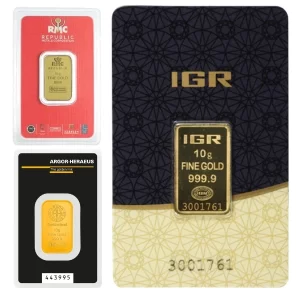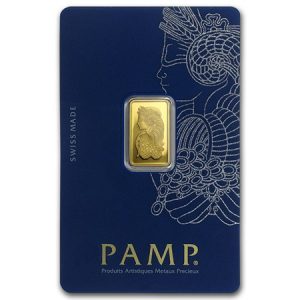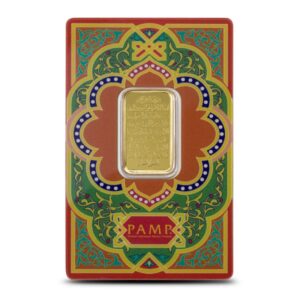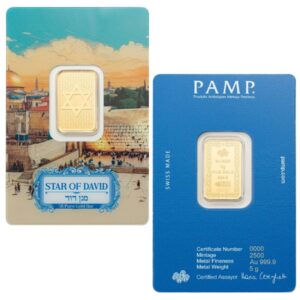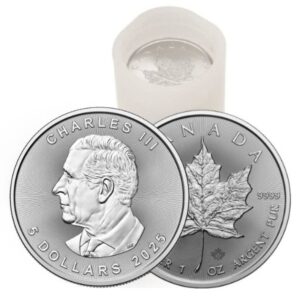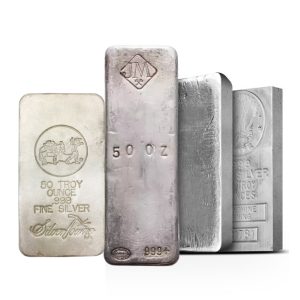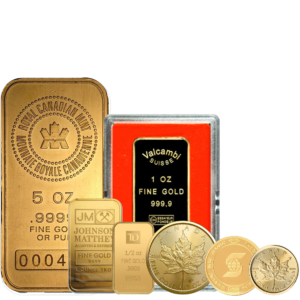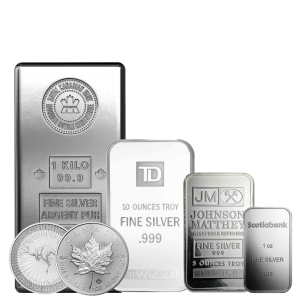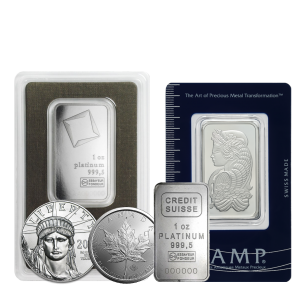Have you ever come across a piece of gold jewelry or a gold object that lacks a visible karat marking? You might have thought: “Is this real? And if so, how pure is it?” This is something that both individuals who wish to sell scrap gold and jewelers who are dealing with unmarked objects would want to know.
At AU Bullion, we often have customers who bring in gold that isn’t stamped with any karats. And the good news is: yes, gold purity can certainly be tested—even if there’s no stamp.
Let us walk through the way gold testing is conducted, the options, and the pros and cons of each.
Why Gold Markings Aren’t Always Reliable
While karat markings like 10K, 14K, or 24K offer an immediate indication of gold purity, they are less than foolproof. Here’s why:
The mark could have worn off over time.
Some things are intentionally left unsigned—especially handmade or antique objects.
Counterfeit marks can confuse buyers and sellers.
On the international market, purity may be stated in fineness (i.e.999), instead of karats.
Hence, when in doubt, verifying the purity of the gold is the most certain method.
Common Methods to Test Gold Purity
Let’s explore the most common testing methods in practice today:
-
Acid Testing (Touchstone Test)
Pros:
- Quick and cheap.
- Useful for a rough estimate of karat level.
Cons:
- Can be a bit invasive—needs scratching the gold.
- Less accurate for high-value goods.
- Not ideal for testing plated gold.
-
Electronic Gold Testers
Pros:
- Non-destructive.
- Portable and easy to use.
- Good for estimating karat levels.
Cons:
- Can give false readings for mixed alloys.
- Less effective with white gold or certain base metals.
- X-Ray Fluorescence (XRF) Testing
Pros:
- Extremely accurate.
- Non-destructive.
- Provides full analysis of metallic content.
Cons:
- Requires special equipment.
- Greater expense—generally only accessible via professional dealers
- Fire Assay (Most Accurate Method)
Pros:
- Industry-standard for purity testing.
- Most precise technique for identifying the exact gold content.
Cons:
- Destructive test (a small sample is melted).
- Takes more time.
- Typically used for polishing or large-scale evaluations.
Merits and Demerits of Purity Testing Without a Karat Mark
Pros:
- Ensures accuracy before buying/selling
- Assists in determining fair market value
- Prevents the usage of deceptive stamps
- Creates trust in transactions
Cons:
- Not all methods are 100% precise
- Some methods are destructive
- Cost can be a factor for high-level testing
- Requires expert assistance
When to Test Your Gold?
You might want to test your gold when:
- The object bears no signature or the signature is hard to read.
- You’re selling gold and you’d like to have an equitable payment.
- You believe the item is either gold-plated or counterfeit.
- You are a collector or jeweler dealing in second-hand or vintage articles.
Why Choose AU Bullion for Purity Testing?
At AU Bullion, we offer professional gold testing with accurate, industry-accepted methods. Whether it is one ring or a whole lot of scrap jewelry, we provide you with clear results and top-dollar payments based on the true purity of your gold.
We’ve kept the process easy, secure, and trustworthy—and we’re happy to walk you through your options, whether you’re just curious or ready to sell. Contact us for a free consultation!
Final Thoughts
Even without a karat stamp, the value of your gold can be accurately determined. With the right testing method, you can confidently buy, sell, or appraise your items. And if you’re ever in doubt, AU Bullion is here to help with expert testing, unbiased advice, and competitive rates.
 Hi,
Hi,

